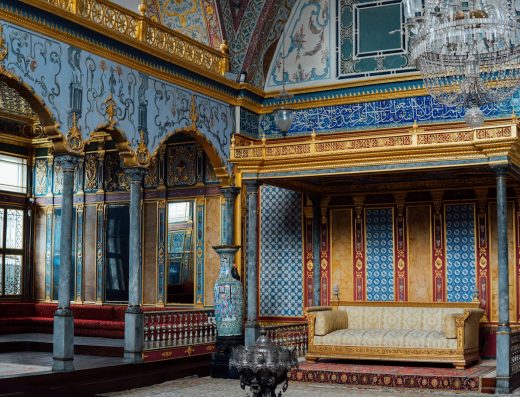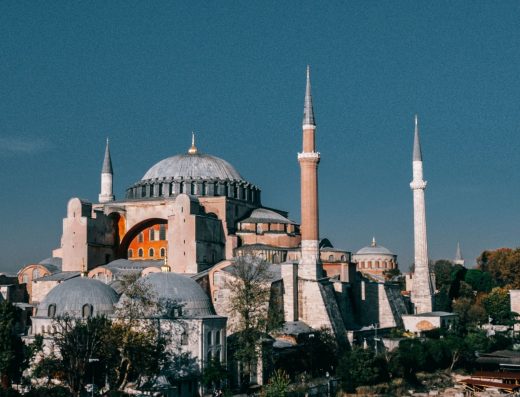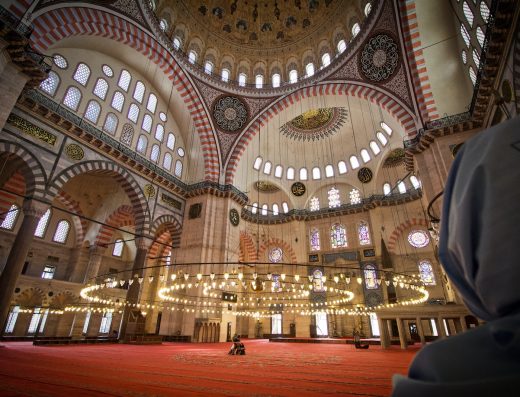Unlike the Egyptian Obelisk, this is not a monolith but a column built of stones. Who erected it and when it was built are not known. According to the inscriptions, it was renovated and restored to have a more beautiful appearance by Constantine VII Porphyrogenitus and his son Romanus II in the 10th century. The original column would have been from the 4th or 5th centuries. It is 32 m / 105 ft high and after three steps comes the marble base at the bottom. It is also thought that all bronze relief pieces that covered the surfaces of the column were probably plundered during the 4th Crusade in 1204. Today, it is said that some of these pieces were used in St. Mark’s Square in Venice.
Hippodrome English
Hipodrom Türkçe





